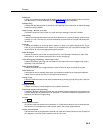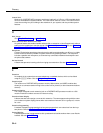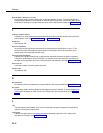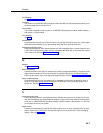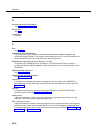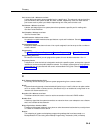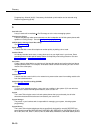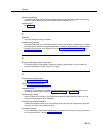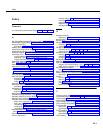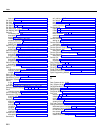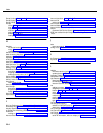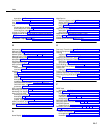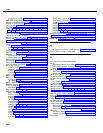
Glossary
GL-11
System Programming
Procedures that allow you to customize system settings for your business. System Programming
requires a system display phone and must be done from extension 10 or 11.
System Restore
See
Restore.
T
Talk-Back
See
Voice Interrupt On Busy Talk-Back.
Telephone Programming
Procedures that allow you to customize extensions to meet the needs of individual users, including
the assignment of features to programmable buttons. Telephone Programming can be done either
centrally or from the user’s own extension.
See also
Centralized Telephone Programming
and
Extension Programming.
U
Unique Line Ringing—Release 3.0 or later
This feature allows a ringing pattern (maximum of eight) to be assigned on a per line basis for
users to differentiate, by sound, which line is ringing.
V
Verification of Account Codes
See
Forced Account Code Entry.
VMS (Voice Messaging System)
See
Voice Messaging System (VMS).
VMS Hunt Group
Hunt Group 7, reserved by the system to identify extensions that are associated with the voice
messaging system hardware.
See also
Group Call Distribution
and
Hunt Group.
Voice Interrupt on Busy
A special intercom call that lets a user interrupt and speak to another user who is busy on a call.
See also
Voice Interrupt on Busy Talk-Back.
Voice Interrupt on Busy Talk-Back
A feature that lets the recipient of a voice interrupt on busy intercom call respond to the originator
of that call.
See also
Voice Interrupt on Busy.
Voice Mail Coverage
A voice messaging system feature that provides Call Answer Service when a call is not answered
by a covered extension.
See also
Call Answer Service.



